
Photo Report : NATO Baltic Air Policing mission 2018 RDAF
Baltic Air Policing RDAF F-16s at Šiauliai, Lithuania
During the first quarter of 2018, Danish F-16AM Fighting Falcons performed the Baltic Air Policing mission from Šiauliai. Courtesy of the Lithuanian Air Force, George Karavantos was able to join up with the Danish Vipers in the air.
RDAF on Baltic Quick Reaction Alert
The Royal Danish Air Force (RDAF) assumed the duties of the Baltic Air Policing mission for the first quarter of 2018, starting in early January with a detachment of four F-16AM Fighting Falcons deployed at Šiauliai, Lithuania. It succeeded seven F-15C Eagles of the USAF 493rd EFS (Expeditionary Fighter Squadron).
When fellow ΝΑΤΟ members started to provide air policing over the Baltic countries in 2004 on a rotational basis, the RDAF was the second air arm that took on the Baltic QRA duty following the Belgian Air Force. Since then, the RDAF has served the mission again in 2009, 2011, 2013, 2014 and 2018.
For 2018, the Danish performed their first interception (Alpha Scramble) on the 25th of January when a Russian aircraft did not comply with the ICAO regulations. This Danish rotation was completed on April 30 and following by the Portuguese Air Force, also with four F-16AMs.
NATO Baltic Air Policing mission
The Baltic Air Policing mission fulfills the NATO air defense QRA (Quick Reaction Alert) requirement for coverage of the airspace over the three Baltic States of Estonia, Latvia and Lithuania.
Since 2004, when the Baltic States joined NATO, the 24/7 task of policing the airspace of the Baltic States is conducted by NATO allies on a three-month rotation from Lithuania's primary air base at Šiauliai.
Due to Russia’s annexation of Crimea in 2014 and the growing tension between Russia and West during and following the escalation of the internal conflict in Eastern Ukraine, NATO decided to increase its presence in the region. For that reason, for the expanded Baltic Air Policing mission a second base was established at Ämari, near Tallinn, Estonia. The RDAF was the first to deploy to Ämari in 2014. According to data from the Lithuanian authorities, in 2014 there were 130 interceptions of unidentified aircraft.
Since then Šiauliai and Ämari serve as the primary and secondary base respectively for the Baltic Air Policing mission, with the detachment at Šiauliai also leading the mission.
For the last quarter of 2018, the Belgian Air Force took over as lead for air policing mission, supported by the German Air Force detachment out of Ämari, Estonia.
The 2018 deployment is the seventh time that the Belgian Air Force takes on the Baltic Air Policing mission.
It is the German Air Force’s fourth time as augmenting nation and
their ninth BAP deployment over all. For the second time, the German Air Force is doing two rotations in a row with the deployment from the end of September 2018 up to April 2019.
The Belgian Air Force rotation ends in early January 2019 when a Polish detachment takes over.
RDAF F-16AM Fighting Falcons
The Royal Danish Air Force became one of the first four air arms in Europe to fly the F-16, when Denmark was among the first four export customers of the Fighting Falcon in the late 70s. The other countries were Belgium, Netherlands and Norway. The four countries formed the European Participating Air Forces (EPAF) to introduce the F-16 in a joint effort, as each of the members sought to replace their F-104 Starfighters.
The first Danish F-16 order was the smallest among those from the EPAF countries. 46 F-16A single-seaters and 12 F-16B two-seaters were ordered under "Pacer Loft I" and delivered during a period of three years (1980 - 1983) in different Blocks (5 Block 1, 15 Block 5, 18 Block 10, and 20 Block 15). The first aircraft, an F-16B Block 1, was delivered on the 28th of January 1980. In August 1984, the Danish Department of Defence placed a second order for another 12 aircraft, 8 single-seaters and 4 two-seaters.
In another EPAF collaborative program, the Danish F-16 fleet underwent the Mid Life Update (MLU) just like the Belgian, Dutch and Norwegian fleets. Besides the system updates, the MLU included a structural reconstruction under the “Pacer SLIP” program, which added another 5.000 flight hours. 48 Danish F-16As were upgraded (24 Block 10 and 24 Block 15) along with 13 F-16Bs (5 Block 10 and 8 Block 15).
Nowadays all Danish Vipers are assigned to the sole Fighter Wing of the RDAF, which is based in Skrydstrup. The RDAF Fighter Wing today operates around 30 F-16s and is comprised of two Squadrons, Eskadrille 727 and Eskadrille 730.
Report and photos by George Karavantos ( view portfolio )
Last Modified: 27 October 2018
Update log:
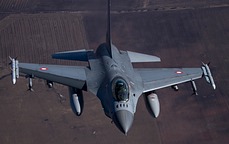
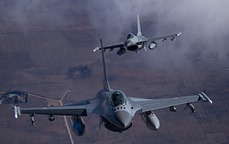
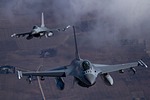
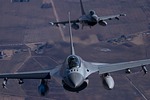
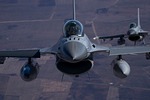
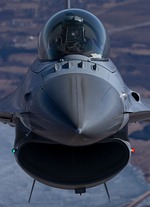
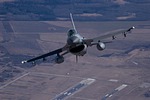
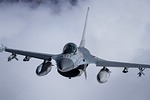
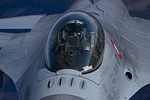
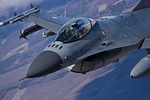
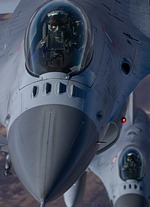
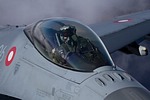
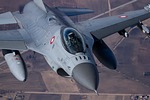
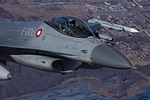
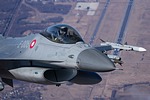
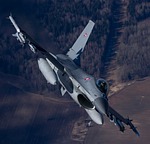
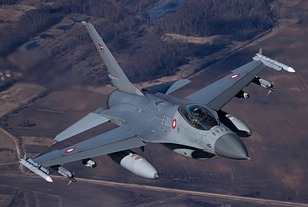
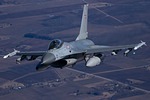
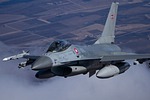
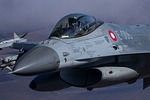
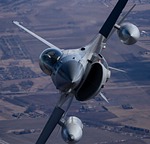
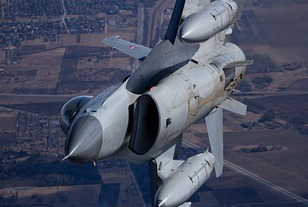
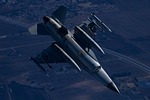
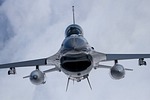
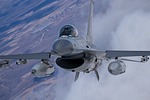
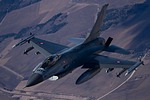
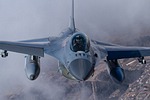
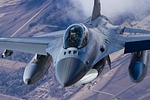
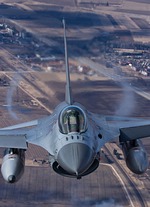
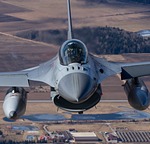
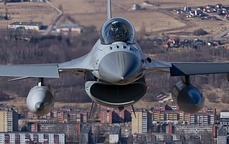
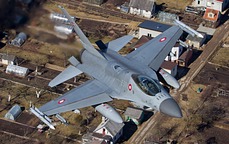
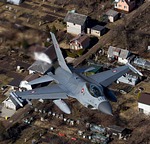
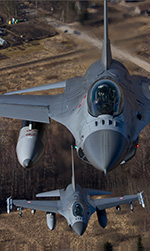
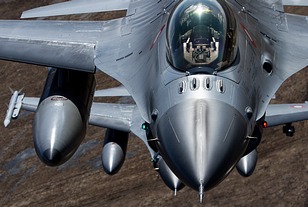
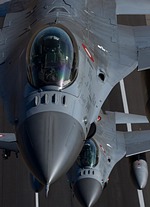
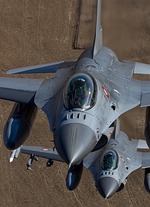
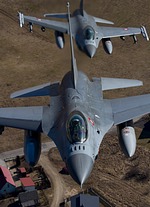
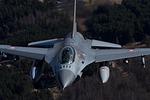
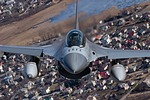
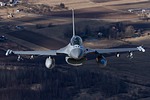
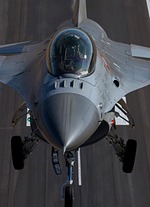
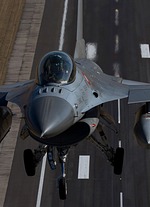
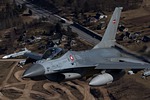
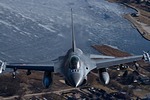
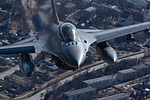
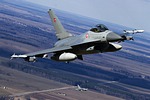
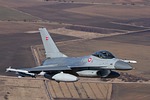
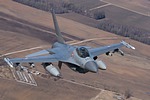
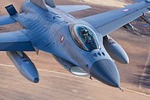
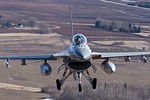
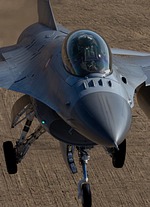
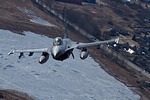
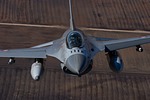
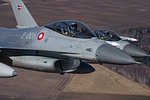
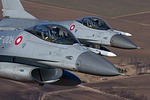
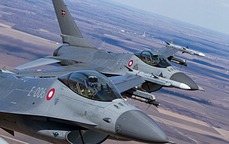
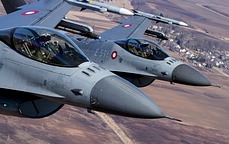
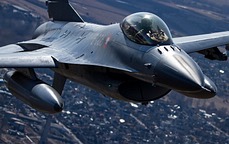
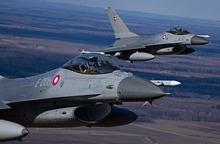
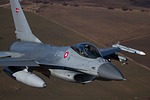
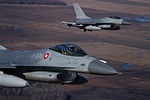
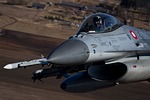
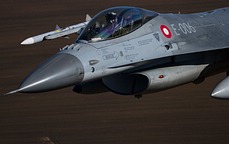
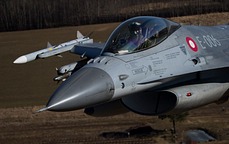
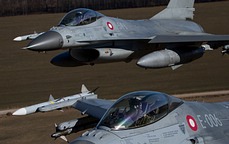
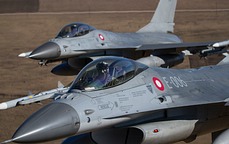
 Back to Index
Back to Index